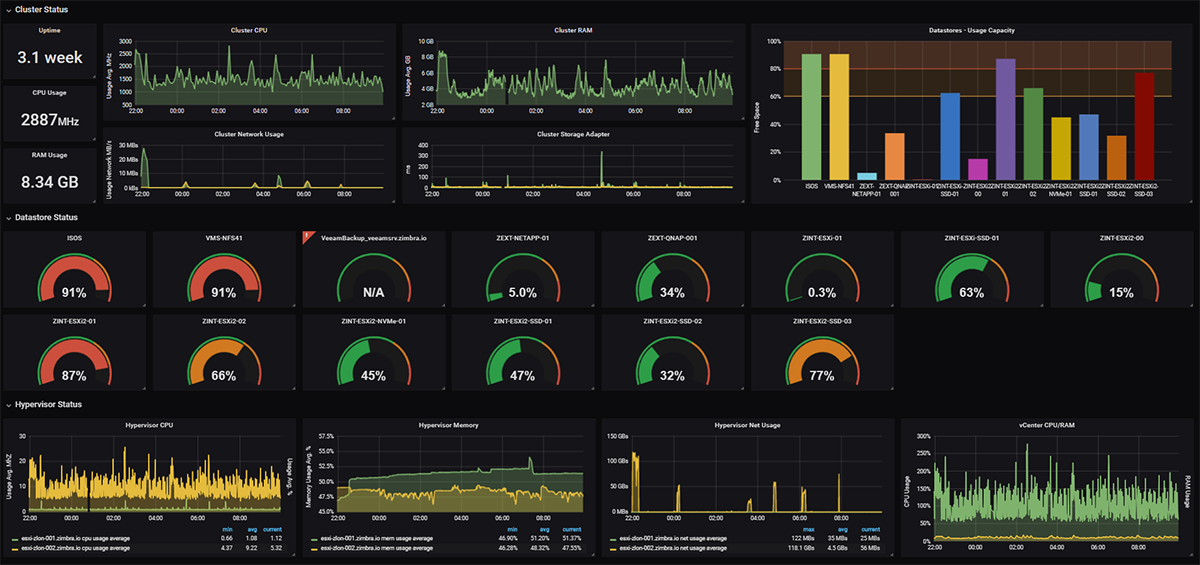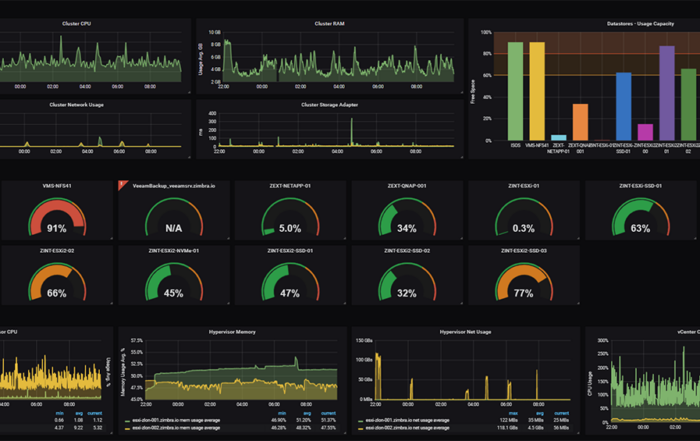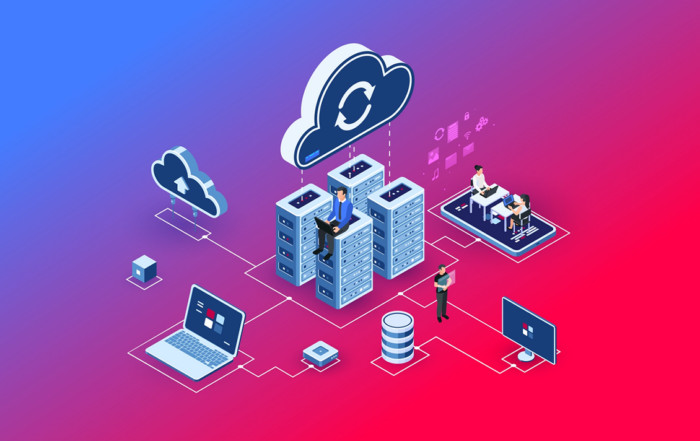
In the vast expanse of the digital universe, we’ve borne witness to an evolution. From the silos of monolithic systems to the dynamic and decentralized architecture of cloud-native applications, the tech landscape is ever-shifting. Yet, as the horizons change, so does the challenge: How do we ensure that we truly understand what’s happening within our systems? The answer, for many, lies in the concept of “observability.”
But what is observability in the context of cloud-native systems? And, more importantly, how can we implement it effectively? Join me as we delve into the intricacies of this essential facet of modern tech infrastructure.
The Essence of Observability
Observability is not just a buzzword; it’s an inherent property of a system. It denotes the ease with which one can understand its internal state based solely on its external outputs. Think of it like this: if monitoring is like checking if your car’s ‘check engine’ light is on, observability is understanding why that light turned on in the first place.
In cloud-native systems, where microservices, containers, and orchestration tools reign supreme, the traditional methods of understanding systems (read: logging and monitoring) often fall short. The dynamic nature of these systems, combined with their distributed architecture, calls for a more nuanced approach. And that’s where observability shines.
Why is Observability Critical for Cloud-Native Systems?
1. Complexity and Scale: Cloud-native systems are complex. With countless microservices, ever-changing states, and ephemeral components (like containers that can be short-lived), there’s a lot to keep track of. Observability provides the granular insights needed to manage this complexity.
2. Faster Issue Resolution: When things go awry (and let’s face it, they often do), observability aids in quick root-cause analysis. This means reduced downtime and improved user experience.
3. Continuous Improvement: Observability isn’t just about spotting problems; it’s also about optimization. By understanding our system’s behavior, we can identify inefficiencies and improve performance.
Implementing Observability: Key Strategies
1. Three Pillars Approach: Observability often stands on three legs: Logs, Metrics, and Traces (LMT). Together, these offer a comprehensive view of your system.
- Logs provide detailed event-based information. Think of them as the diary of your system.
- Metrics are numerical representations of data over time. They’re like the pulse rate of your system.
- Traces show how a transaction or request moves through various components of the system. They’re akin to a detective tracing a suspect’s steps.
2. Context is King: It’s essential to ensure that the data you collect carries context. Without it, you might know that a service failed but remain clueless as to why.
3. Adopt Observability Platforms: Numerous tools like Prometheus, Grafana, Jaeger, and the Elastic Stack are designed with cloud-native observability in mind. These platforms offer a unified way to collect, store, and visualize data.
4. Instrumentation: This involves embedding code within your applications to collect data. While manual instrumentation offers more flexibility, many modern tools and libraries offer auto-instrumentation capabilities, simplifying the process.
5. Embrace the Feedback Loop: Observability isn’t a set-it-and-forget-it endeavor. Continuously refine your approach based on the insights you garner. This feedback loop ensures your observability practice remains relevant and effective.
Potential Pitfalls and Their Avoidance
1. Data Overload: In our quest for observability, it’s easy to be drowned in data. Collecting every possible data point can be counterproductive. Focus on data that’s actionable.
2. Ignoring User Experience: System metrics are vital, but don’t forget the end user. Incorporate user-centric metrics to ensure that the system delivers as expected from a user’s perspective.
3. Siloed Data: Your logs, metrics, and traces are most valuable when correlated. Ensure that your observability stack supports this integration.
In Closing
In the realm of cloud-native systems, the only constant is change. As systems grow and evolve, our understanding of them should too. Observability isn’t just a nice-to-have; it’s an imperative. But, like any other tech initiative, it requires strategy, focus, and continuous refinement.
As we wrap up our exploration, one thing is clear: the future of cloud-native systems is observable. So, as you sail through the cloud seas, make sure you’re equipped with the right tools and mindset to observe, understand, and optimize your digital voyages. Happy observing!





